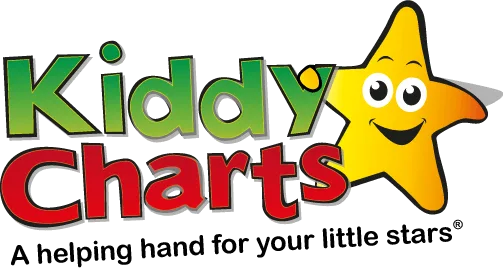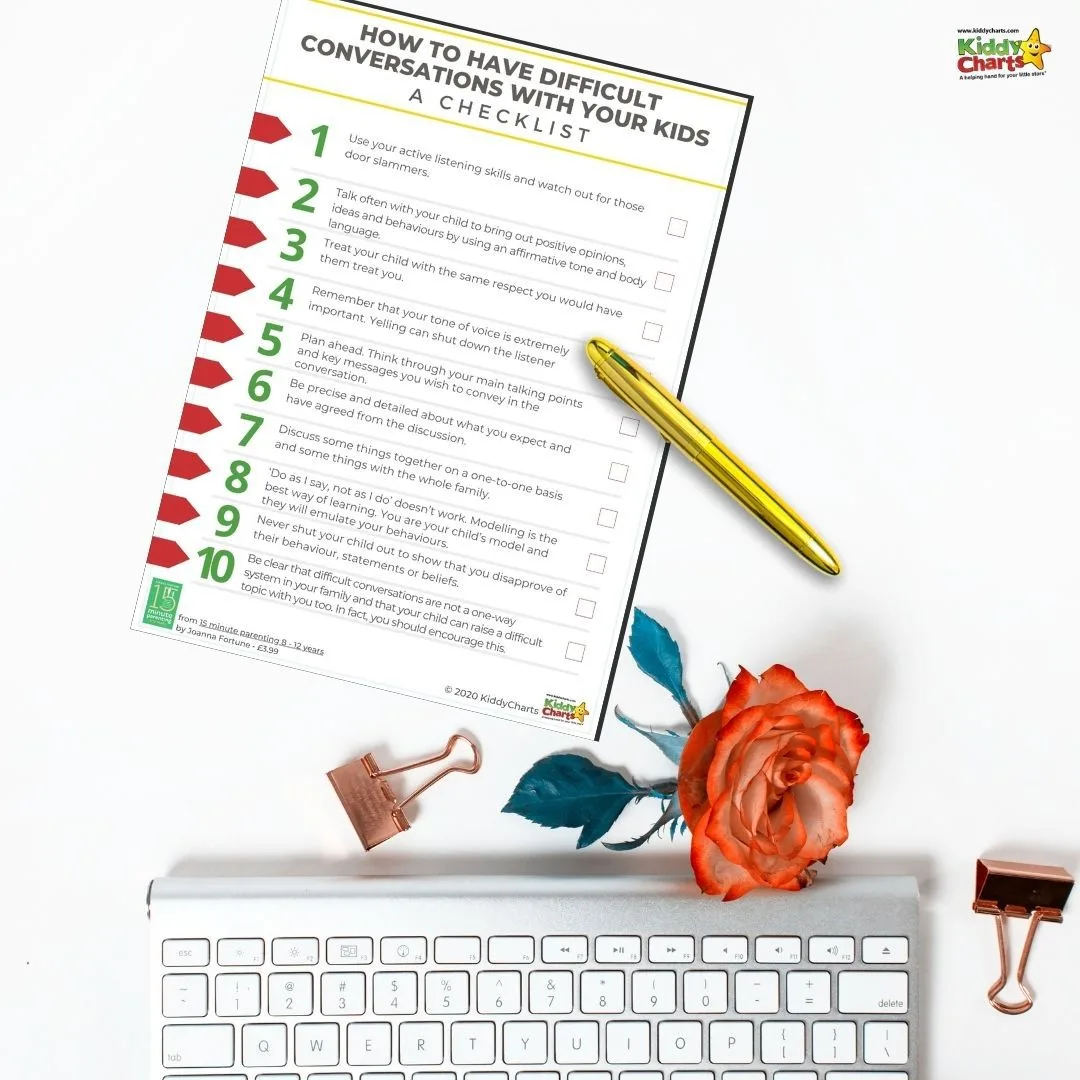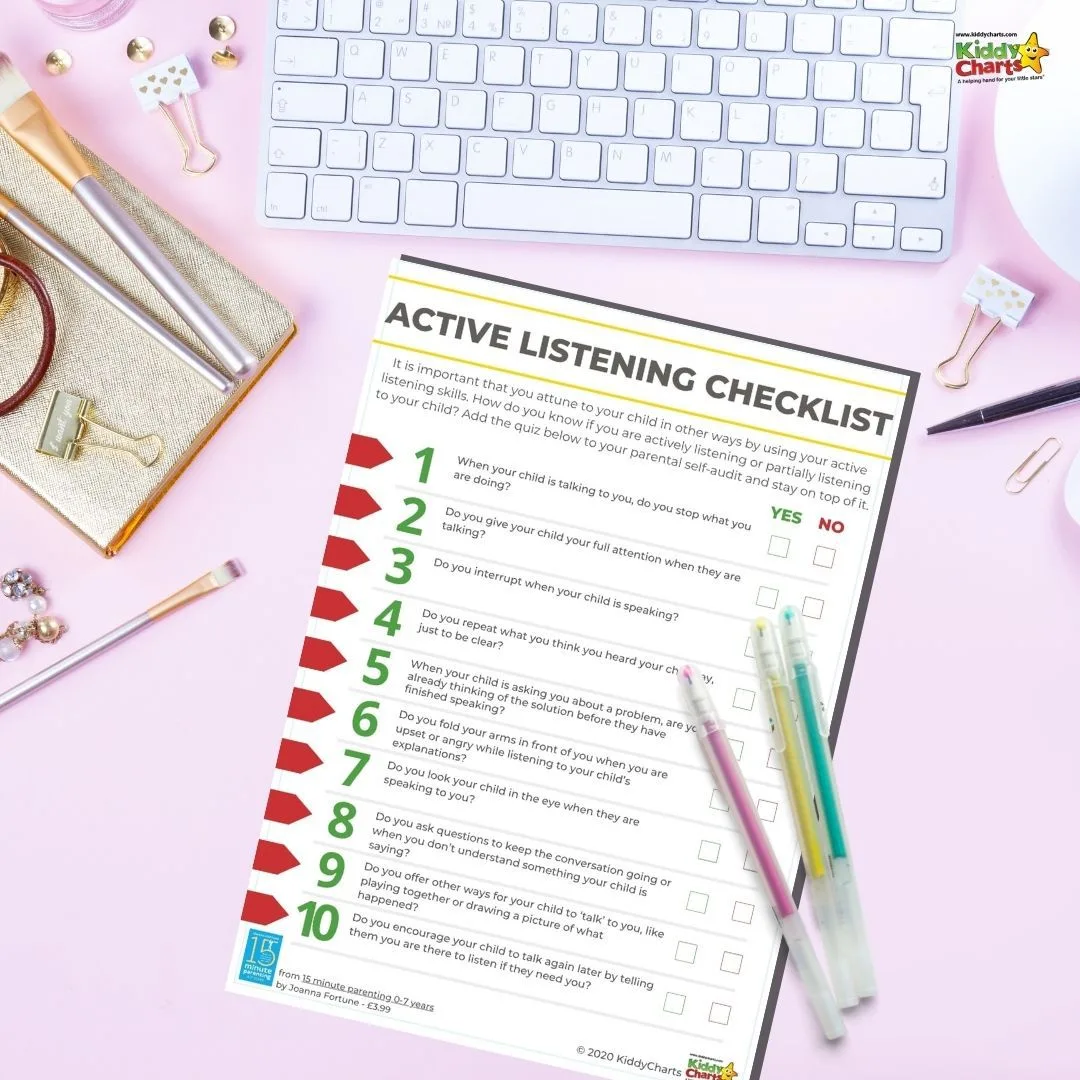It’s certainly a different holiday season this year, but many families are making the ‘most of it’ by focusing on the little things that matter – quality time with family, magical moments with children, and beautiful nutritious food. However, many are facing food insecurity this festive season, just like they do for the rest of the year….
This is a sponsored post.

For some, the little things can become a big deal if they must go without. Like being able to put food on the table.
Sadly, one in five children may go hungry worldwide this Christmas. It’s startling because it’s not just another data point – it’s literally thousands of little tummies that need to be nourished and fed. Yet as the pandemic has put even more families at risk of food insecurity, new leaders have emerged – like Marcus Rashford – to bring this issue to the nation’s attention and remind us all of our ethical obligation to do more.

There are things we can be doing as individuals and organisations to help those less fortunate – from donating time or food to foodbanks to raising money for charities that help get food to those in need. But what can we do as parents? Especially as it becomes a topic of national conversation, educating our children about food insecurity is another important act; in fact, it really is a gift.
Here are some simple tips for how to engage your little ones on the subject this Christmas and beyond:
1. Take your time talking about food insecurity

Find time where there is enough space (and focus) for your kids to hear your words and ask questions. And recognise, this should not be a ‘one-and-done’ conversation. Approach this sensitive topic when it makes sense to you as a family throughout the entire year – perhaps during a meal or before bedtime.
2. Use a story

Stories are a great way to explain difficult topics to children. Share a story about someone – either in real life or a fictional character – who may go hungry this Christmas. Explain why they will not have food and ask your child how they feel about this. Explore their feelings, perhaps through their own artwork or story writing.
3. Use relatable objects to educate and explain
Even a teddy bear can be a good prop. At Dole Packaged Foods, for example, they had a campaign that featured a plush teddy bear whose tummy is noticeably less full than the others. With Dole’s partnership with Save the Children, the UK public can help to feed nutritious food to these #UnstuffedBears and make an impact this Christmas season. Children can interact with the website’s “donation machine” and help fill the tummies of cute, cuddly teddy bears that represent hungry children everywhere.
4. Borrow from experts

Many organisations and charities have programs, videos and resources that can help children understand hunger. Take a look at Save the Children and FareShare UK to get started.
5. Look to your child’s school

Consider asking your children’s teachers if they are planning to discuss food insecurity in the classroom – then continue the discussion at home. If they are not planning anything, perhaps put a bug in their ear.
Educating the next generation about food insecurity early on and often is critical. Coupling this education with action is powerful. Through your education efforts, ask your children what small contribution they could make to help feed hungry tummies this Christmas and beyond. It could be selecting food from the house to donate to food banks or taking some money from their piggy banks to support a relevant charity. The more we know, the more we can act. The more we act, the more we can change the world.
Remember, we are a social enterprise, so we support charitable donations all the time on KiddyCharts. Ever view of our website brings a little donation to our partner site – feel free to boost donations if you have a little time.
 DONATE to KiddyCharts cause
DONATE to KiddyCharts causeIf you are looking for more articles on KiddyCharts focus on both chatting to your kids and food poverty, do take a look at these.
Hard conversations and food insecurity
Some more articles to help you have those hard conversations, and learn a little more about food poverty too.
Five ways YOU can help with child food poverty today
How you can help with child poverty - aside from educating your kids.
10 tips for having difficult conversations with your kids
Tips for chatting to your kids about difficult things, including food insecurity of course.
How to be an active listener for your kids: Includes checklist
How to actively listen to their replies too....
We hope that you like this article – we always try and bring you the best we can on the site, let us know what you would like to see more of. Feel free to subscribe too as well – we’d love to have you back again:
Take care,
Helen






